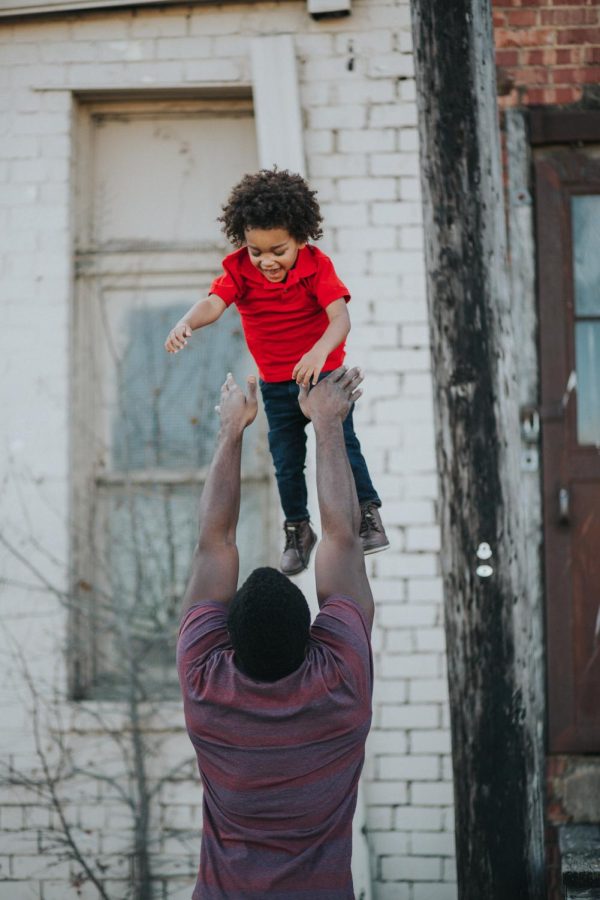The One-Drop Rule still affects Black communities today, here’s why
Photo by Conner Baker
Photo by Conner Baker on Unsplash 2017
According to the article “‘One-drop rule’ persists” by Steve Bradt in the Harvard Gazette, as recently as 1985, a Louisiana woman was denied the ability to identify herself as “white” on her passport, due to having a Black great-great-great-great grandmother in her family tree (2010). In the same article, a study conducted by Vanderbilt University found “that one-quarter-Asian individuals are consistently considered more white than one-quarter-Black individuals,” in reference to the research subjects who were asked their views on biracial minority groups.
Why are we as Americans still thinking this way? Why were we thinking this way at all in the first place? The answer is what is called “The One-Drop Rule”, or Act 320 of 1911. According to the Encyclopedia of Arkansas, the law had “Two goals: it made interracial “cohabitation” a felony, and it defined as ‘Negro’ as anyone ‘who has… any negro blood whatever.’” Anybody who was accused of having African ancestry was forced into second-class citizenship.
This law was only officially written in Arkansas, but we can see the effects it had nationwide. Predating this act were what was known as Antebellum laws (mainly occurring in the 19th century), which forbade enslaved people from reading, writing, marrying, or practicing their faith. The name Antebellum derives from the Antebellum Period, also known as the pre-Civil war South. During this period of American history, the South’s economy was driven by slave labor in plantations.
Up until as recent as the mid-1960s, Black Americans also were subject to Jim Crow laws. When we think of Jim Crow, we tend to think of the legalization of anti-black segregation and racism, which is true. But we fail to realize how these laws were ingrained in everyday life. For example, Black people could not show affection to one another in public (think hugs or kisses) because it offended white people. Additionally, white motorists had the right-of-way at every intersection, no matter the circumstances.
What does this have to do with “The One-Drop Rule”? Just about everything. It was not only monoracial Black Americans affected by these laws, but biracial people as well. It did not matter how far back your Black ancestor was, you were treated just like you had two Black parents; you were still subject to Antebellum and Jim Crow laws.
Though these laws have since been abolished, people’s way of thinking still has a ways to go. Remember when I mentioned before how biracial Asian people are seen as more white in comparison to biracial Black people? This is not just a study. This is my life as well. As a biracial Black person, I know all too well how it feels to have my existence be a sensitive topic. My white mother married my Black father, which was already looked down upon by some because of racial integration. But I was born, and my race was a topic that seemed to matter more than my white cousins’ race. Who am I?, is a question that people seem to answer for me more often than I have answered the question myself. I’m biracial, of course. But in America, I’m Black. It does not matter that I have a recessive blue-eyed gene, or that my entire mother’s side is Scandinavian. It matters, however, where my dad is from and what color his skin is.
While harm may not be intended by comments such as “What are you?” and “You must hate your hair, but I love it”, they still matter to me personally, and affect so many other people. Many could think that the simplistic thinking of “The One-Drop Rule” is a thing of the past, but one must ask themselves: Why do I think this way? Why do I group people together based on what I assume they are?
Unfortunately, those who read this go on with their lives. I am still left with the baggage as I go on with mine.

Elliot Grant is a junior at Lincoln East and on her second year on the Oracle staff. When in school, Elliot enjoys hanging out with friends and going to...



